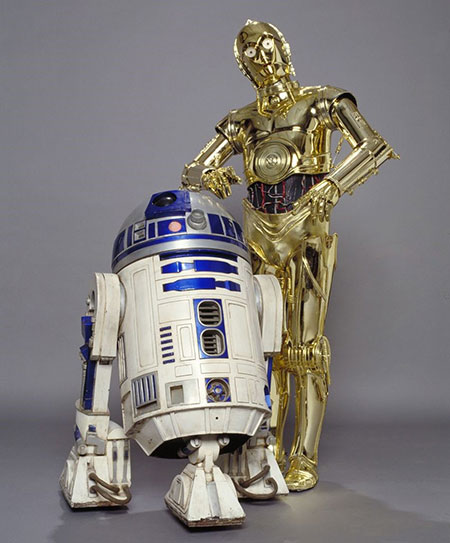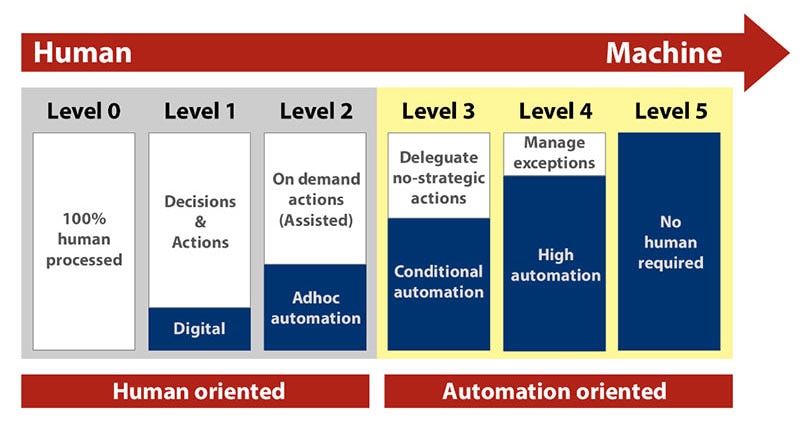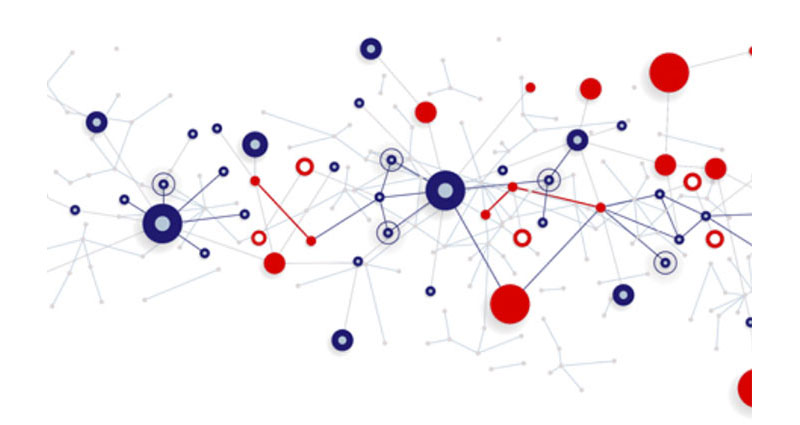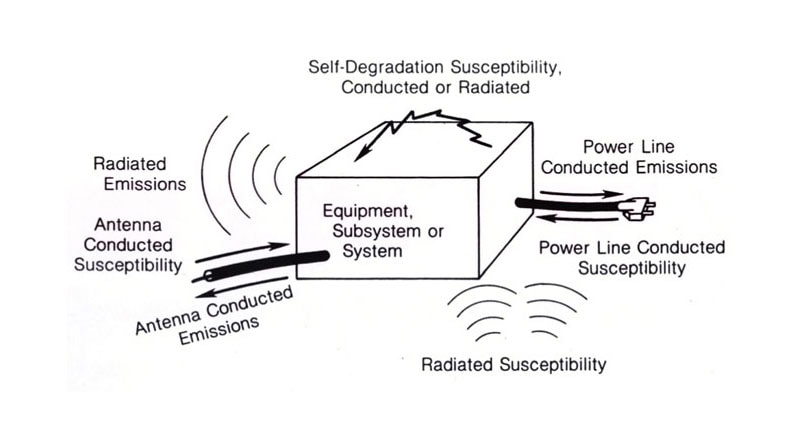Why Fake Robots Are More Interesting than Real Ones
Robin Murphy's day job is professor of computer science and engineering at Texas A&M where her field of research is in artificial intelligence for mobile robots used to search disaster areas. But she recently received notoriety not for her research but rather for a blog post that runs far afield of disaster robotics: The robots in the Star Wars movies.
 Star Wars droids R2-D2 and C-3PO (Courtesy of Wookieepedia)
Star Wars droids R2-D2 and C-3PO (Courtesy of Wookieepedia)
Murphy is probably as qualified to opine on Star Wars robots as anyone alive today. She has written a book on artificial intelligence explained through classic science fiction short stories, including some authored by science fiction legend Isaac Asimov. One of her insights: The best science fiction involving robots happened before the 1980s. The earlier stuff focused on what it means to be a robot while later stories explored what it means to be human.
Of course, sci-fi fans of a certain age are probably aware of the three laws of robotics as defined by Isaac Asimov in 1942:
- A robot may not injure a human being or, through inaction, allow a human being to come to harm.
- A robot must obey the orders given to it by human beings except where such orders would conflict with the First Law.
- A robot must protect its own existence as long as such protection does not conflict with the First or Second Law.
Murphy points out that the media often treats the Three Laws as the ultimate expression of robot ethics, but Asimov deliberately created them to sound reasonable but still have some ambiguity. Rather than advancing the art of robotics, Asimov designed his Laws to create conflicts and help him devise storylines. In all, says Murphy, Asimov's Laws are less about ethical decisions and more about basic engineering guidelines that prevent accidents.
It is also thought-provoking to review the things about robot technology that early sci-fi writers got wrong. Perhaps most notable in this category is that stories often assumed the software, or positronic brain, functioned correctly. So the problems encountered in the story had to stem from hardware malfunctions. The reality, is that software is the likely suspect in real robotics that mistakenly identifies images or autonomously driven cars that mow down pedestrians.
Another failure of imagination that often shows up in early sci-fi is what you might call a mainframe mindset. Writers were sometimes obsessed with a centralized control and coordination regime that today looks downright amusing. But even when sci-fi writers conceive of robots able to go off on their own and learn things, the authors tend to get the learning algorithms wrong, Murphy says. In particular, authors sometimes give neural networks almost mystical qualities perhaps because “deep learning sounds, well....deep and thoughtful and ponderous,” she writes. In reality, deep learning is “deep” only in terms of layers of dense statistical relationships between features, not in terms of profundity. And nothing in 50 years of AI research suggests that robots can exceed the bounds of the logic that their design imposes.
That brings us to Murphy's recent comments about robots populating Star Wars movies. She explains that they seem more advanced than real-world robots and probably more interesting because they are often cast in human-like roles such as soldiers, bartenders, translators, and teachers rather than in dirty, dull, and dangerous jobs that robots excel at. And real robot builders would probably be fired if they came up with designs having the kind of Rube Goldberg-like complexity exhibited in the Star Wars saga.
For example, one assassin droid called the IG-11 has a spinning turret. This feature adds motion and excitement to shoot-outs but is unnecessary in the real world. “IG-11’s excess degrees of freedom are an invitation for joint failure and increase the demands on computation and motion control. A more practical design would likely rely on a less thrilling, but more reliable, fixed array of sensors and effectors to provide the same 360° coverage,” Murphy observes.
Another overly complex Star Wars robot dubbed the AT-ST “chicken walker” is easily defeated by krill farmers who simply set up a trip wire to topple it. Ironically, the four-legged Boston Dynamics Spot robot makes a guest appearance in this episode, prompting Murphy to write “Perhaps the Empire’s reliance on complicated robot mechanisms (compounded by Stormtroopers who cannot hit what they are aiming at) explains its demise, especially given that the much more agile and robust Spot is presumably available to the public on a nearby planet.”
Finally, it is noteworthy that Star Wars characters sometimes put themselves in harm's way rather than make use of aerial drones. This seems like another head-scratcher seeing as a helicopter named Ingenuity is already helping the Perseverance rover stay out of trouble on Mars.
Thus, it might be that future generations may enjoy watching Star Wars flicks almost as much as audiences do today. But part of the attraction may be to hoot at how the scriptwriters used robots.

Have questions or comments? Continue the conversation on TechForum, DigiKey's online community and technical resource.
Visit TechForum










